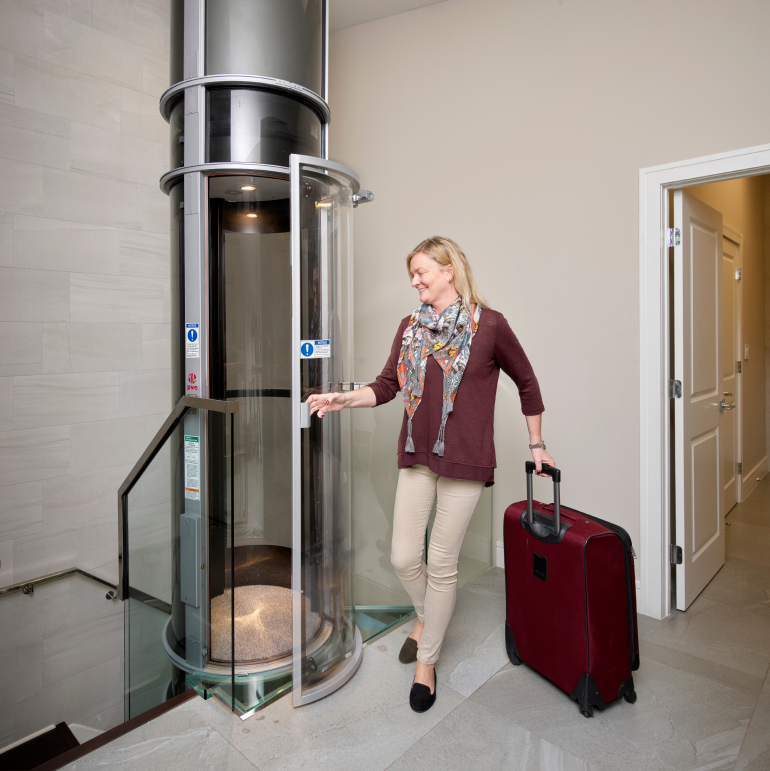Inclined platform lifts (IPLs) are transforming lives by providing safe and effortless access to different levels for wheelchair users and individuals with mobility limitations. Unlike stairlifts designed for single users, IPLs offer a spacious platform that comfortably accommodates wheelchairs, scooters, and other mobility devices.
This comprehensive guide dives deep into the world of inclined platform lifts, exploring their functionalities, benefits, types, installation considerations, and everything else you need to know to make an informed decision.
Understanding Inclined Platform Lifts

An inclined platform lift is a motorized mobility equipment solution designed to navigate a wheelchair user or a person with mobility limitations up and down a staircase on a diagonally inclined platform. These lifts operate along a track mounted on the wall alongside the existing stairs.
Here’s a breakdown of the key components of an IPL:
- Platform: The platform is the core element, offering a flat surface for users and their mobility devices. It typically folds up for minimal space occupation when not in use.
- Track: The track is a sturdy metal rail system securely available to the wall alongside the stairs, guiding the platform’s movement.
- Drive System: The drive system, usually electric, powers the lift’s movement along the track.
- Controls: Easy-to-use control panels are present on the platform and at landing areas for convenient operation.
Benefits of Inclined Platform Lifts
Inclined platform lifts offer a multitude of advantages for individuals seeking to overcome mobility challenges and achieve greater independence. Here are some of the most compelling benefits:
- Enhanced Accessibility: IPLs eliminate the barrier posed by stairs, allowing users to navigate different levels in their homes or public buildings with ease.
- Increased Independence: The ability to independently access various floors fosters a sense of freedom and empowers users to participate more actively in daily life.
- Improved Safety: Compared to navigating stairs with a mobility device, IPLs provide a safe and secure means of vertical transportation.
- Reduced Strain on Caregivers: IPLs alleviate the physical strain on caregivers who would otherwise assist with navigating stairs.
- Space-Saving Design: Most IPLs fold up when not in use, minimizing their footprint and maintaining accessibility for those using the stairs on foot.
- Accommodates Various Needs: IPLs come in different weight capacities and platform sizes to cater to diverse user requirements.
Types of Inclined Platform Lifts
Inclined platform lifts come in various configurations to suit different stairway layouts and user needs. Here’s a closer look at the most common types:
- Straight Stair Lifts: These are ideal for navigating single, straight flights of stairs. They offer a straightforward design with a smooth, diagonal travel path.
- Curved Stair Lifts: Designed for staircases with bends or curves, these IPLs feature a more complex track system that follows the curvature of the stairs.
- Two-Landing Lifts: These cater to staircases with intermediate landings. The track incorporates a platform that folds out at the landing, allowing users to enter or exit the lift at that level.
Factors to Consider When Choosing an Inclined Platform Lift

Selecting the right inclined platform lift requires careful consideration of various factors to ensure it seamlessly integrates with your environment and meets your specific needs. Here are some key points to ponder:
- Staircase Configuration: Identify the type of staircase you have (straight, curved, with landings) to determine the most suitable IPL design.
- Weight Capacity: Choose an IPL with a weight capacity exceeding the combined weight of the user and their mobility device.
- Platform Size: Consider the platform dimensions to ensure it comfortably accommodates the user and their mobility device with ample space for maneuvering.
- Indoor vs. Outdoor Use: IPLs come in models designed for indoor or outdoor use. Choose one that suits your intended environment.
- Safety Features: Look for essential safety features like emergency stop buttons, automatic shutoff sensors, and overload protection.
- Ease of Use: Ensure the control panel is user-friendly and accessible for the individual operating the lift.
- Aesthetics: IPLs are available in various finishes to complement your home’s décor.
- Cost and Installation: Factor in the upfront cost of the lift, ongoing maintenance requirements, and professional installation fees.
Streamlining the Process: Inclined Platform Lift Installation
- Lift Selection and Customization: Based on the assessment and your preferences, the specialist will recommend a suitable IPL model and discuss any potential customization options.
- Permitting (if applicable): In some cases, building permits might be important for IPL installation. The mobility specialist can guide you through this process.
- Installation: A certified technician will install the lift according to manufacturer’s specifications and ensure it operates safely and efficiently.
- Training and User Manual: You’ll receive comprehensive training on the proper operation and maintenance of the lift. A user manual will also be provided for future reference.
Weighing the Options: Pros and Cons of Inclined Platform Lifts

While inclined platform lifts offer a plethora of advantages, it’s essential to consider both the positive and negative aspects before making a decision.
Pros:
- Unmatched Accessibility: IPLs provide unparalleled access to different levels, overcoming the significant barrier posed by stairs for individuals with mobility limitations.
- Enhanced Independence: The ability to navigate various floors independently fosters a sense of freedom and empowers users to participate actively in daily life.
- Safety and Security: Compared to navigating stairs with a mobility device, IPLs offer a safe and secure means of vertical transportation, reducing the risk of falls and injuries.
- Reduced Caregiver Burden: IPLs alleviate the physical strain on caregivers who would otherwise assist with navigating stairs.
- Space-Saving Design: Most IPLs fold up when not in use, minimizing their footprint and maintaining accessibility for those using the stairs on foot.
- Accommodates Various Needs: IPLs come in different weight capacities and platform sizes to cater to diverse user requirements, including scooters and power wheelchairs.
- Wide Range of Applications: IPLs offer solutions for both indoor and outdoor environments, making them suitable for homes, public buildings, and commercial spaces.
- Improved Quality of Life: By overcoming mobility challenges and promoting greater independence, IPLs can significantly enhance the quality of life for users.
Cons:
- Cost: Inclined platform lifts can be a significant investment when we compare them to other accessibility solutions like ramps.
- Space Requirements: While they fold up, IPLs require a certain amount of space alongside the stairs for the track and platform. This might not be ideal for very narrow staircases.
- Visual Impact: An IPL can be visually prominent, especially on straight staircases. While some models offer aesthetic appeal, they can alter the overall look of the space.
- Installation Considerations: Professional installation is necessary for optimal functionality and safety. Depending on the complexity of your staircase, additional modifications might be important.
- Maintenance: Regular maintenance is crucial for ensuring the safe and reliable operation of the lift. Factor in ongoing maintenance costs when budgeting for an IPL.
- Limited Eligibility: Building codes or regulations in some areas might restrict the installation of IPLs in specific locations.
Conclusion: Investing in Freedom and Independence
These lifts are a valuable investment that can transform lives by unlocking accessibility and fostering independence for individuals with mobility limitations. By carefully considering your needs, staircase configuration, and budget, you can determine if an IPL is the right solution for you. Consulting with a qualified mobility specialist can provide valuable guidance and ensure you select the most suitable lift for your unique situation. Remember, the increased independence and improved quality of life gained from an IPL can be truly worth the investment.
Frequently Asked Questions About Inclined Platform Lifts
What is the weight capacity of a typical inclined platform lift?
Inclined platform lifts come in a range of weight capacities, typically starting around 350 lbs and going up to 750 lbs or even more for heavy-duty models. The specific weight capacity you need will depend on the combined weight of the user and their mobility device.
Can inclined lifts be used outdoors?
Yes, there are weatherproof platform lift models specifically available for outdoor use. These lifts contain durable materials that can withstand various weather conditions.
How much does an inclined platform lift cost?
The cost of an inclined platform lift can vary depending on several factors, including the type of lift (straight, curved, two-landing), weight capacity, platform size, additional features, and complexity of installation. In general, you can expect to pay anywhere from $5,000 to $20,000 or more for a high-end model.
Should I have permit to install an inclined platform lift?
Permit requirements for inclined platform lifts can vary depending on your local building codes. It’s advisable to consult with a mobility specialist or your local building department to determine if a permit is necessary for installation in your area.
How long does it take to install an inclined platform lift?
The installation time for an inclined platform lift typically takes 1-2 days, depending on the complexity of your staircase and any unforeseen circumstances.
Does Medicare or Medicaid cover the cost of inclined platform lifts?
Medicare and Medicaid coverage for inclined platform lifts can be limited. In some cases, coverage might be available if the lift is deemed medically necessary to access your home. It’s best to contact your insurance provider directly to inquire about specific coverage details.
How is an inclined platform lift maintained?
Regular maintenance is crucial for ensuring the safe and reliable operation of your inclined platform lift. The specific maintenance requirements will vary depending on the model, but typically involve periodic inspections, lubrication, and adjustments by a qualified technician. Refer to the manufacturer’s recommendations and user manual for detailed maintenance guidelines.
Are inclined platform lifts safe?
Inclined platform lifts are designed with safety in mind and incorporate features like emergency stop buttons, automatic shutoff sensors, and overload protection. However, proper training on safe operation and adherence to weight capacity limitations are essential for continued safe use.
Can inclined platform lifts be customized?
Some inclined platform lifts offer customization options, such as platform size, seat availability, and control panel placement. Discuss potential customization options with a mobility specialist to find a lift that best suits your specific needs.
If you’re looking for a modern and visually appealing inclined platform lift solution, consider exploring PVE lifts.
Speak to a mobility specialist today to see if a PVE lift is the right fit for your accessibility needs.








